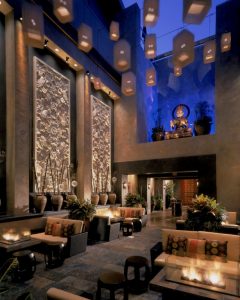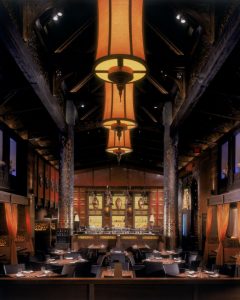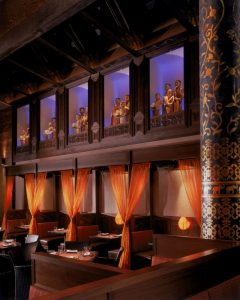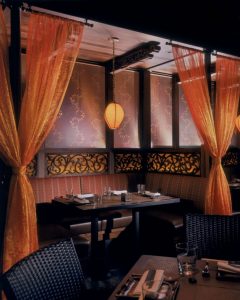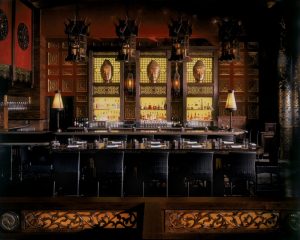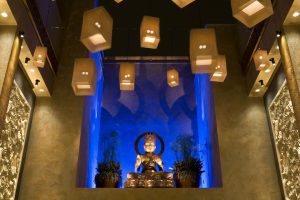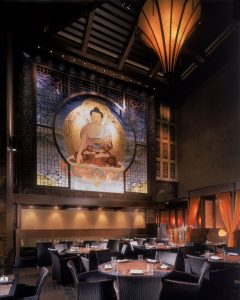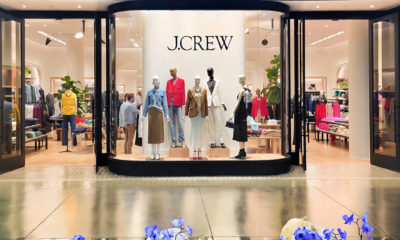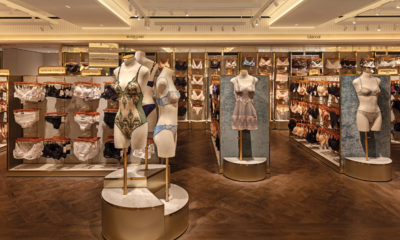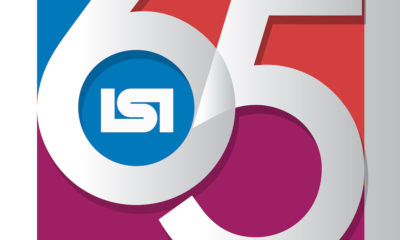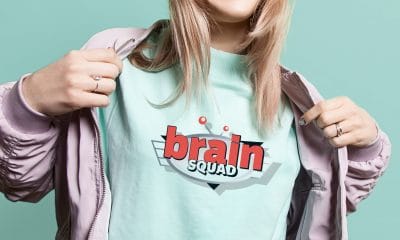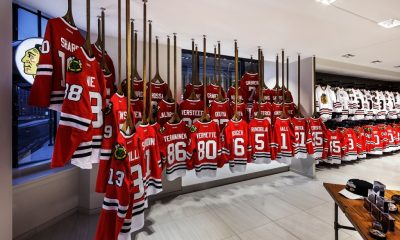Problem: A Los Angeles restaurant wanted a bold, dramatic lighting design that would still comply with California’s strict lighting codes.
Solution: Designers replaced traditional lighting sources with LED technology to deliver more lighting effects without adding wattage.
At RockSugar Pan Asian Kitchen, a new dining concept from The Cheesecake Factory, diners are immersed in a Southeast Asian experience, eating Thai, Vietnamese, Malaysian, Indonesian and East Indian dishes amidst striking architectural details inspired by the culture. Defining the 7200-square-foot space in Los Angeles’ Westfield City Shopping Center are a double-height mural of Buddha, carved wooden panels, monk statues and 24-foot columns. Focus Lighting (New York) was challenged to bring the space to life with a lighting system that would accent all those layers of materials and textures. In the past, designers might have turned to halogen strip lighting or fluorescents. But this is California, so designers were concerned about complying with Title 24, the state’s strict electrical code. Paul Gregory, Focus’ principal designer, says LED technology has become recognized for its energy efficiency and long lamp life (particularly appealing with Rock Sugar’s 30-foot-tall ceilings). But until recently, LED had been known more for its color-changing effects than for its light source capabilities. However, says Gregory, “in the past year, the color rendering, efficiency and reliability of LEDs have really improved. It’s a much warmer light with less blue, and it’s a brighter beam so you’re getting more light for less power.” The designers replaced traditional halogen with new LED striplights from IO (Vernon Hills, Ill.) and Philips Color Kinetics (Burlington, Mass.), for backlighting behind banquettes, uplighting on the ceiling and for the bar fascia. Colored gels were added to remove some of the green from the LED spectrum and enhance the pink. “We were able to use more layers of lighting throughout the space because LED is a more efficient light source,” says Focus lighting designer Christine Hope. “The LEDs graze the materials and create these bold effects.” To produce a striking presence for the host station, a wall of chipped glass was edge-lit with blue light and covered in flickering LED candles, creating a shimmering surface that looks like a suspended waterfall from afar. Designers also employed LED in more traditional ways. Where designers sought a bolder statement, second-story coves and troughs located inside the restaurant were fitted with color-changing lights. And in the long entryway, where diners travel through a series of vestibules and a courtyard before arriving at the glass-walled entrance, programmable LED strips shift through purples, pinks, reds and blues throughout the night. Hanging above are paper lanterns outfitted with LED lights. “The result is a richly layered space that is very dramatic,” says Hope. “The project pushed us to use new technologies in ways that we haven’t done before.
Photography: Robert Berger Photography, Santa Monica, Calif.
” What’s your problem? Have you helped a retailer overcome a recent design-related problem and can share that experience with readers of VMSD? Send an article proposal to VMSD managing editor Anne DiNardo at anne.dinardo@stmediagroup.com.
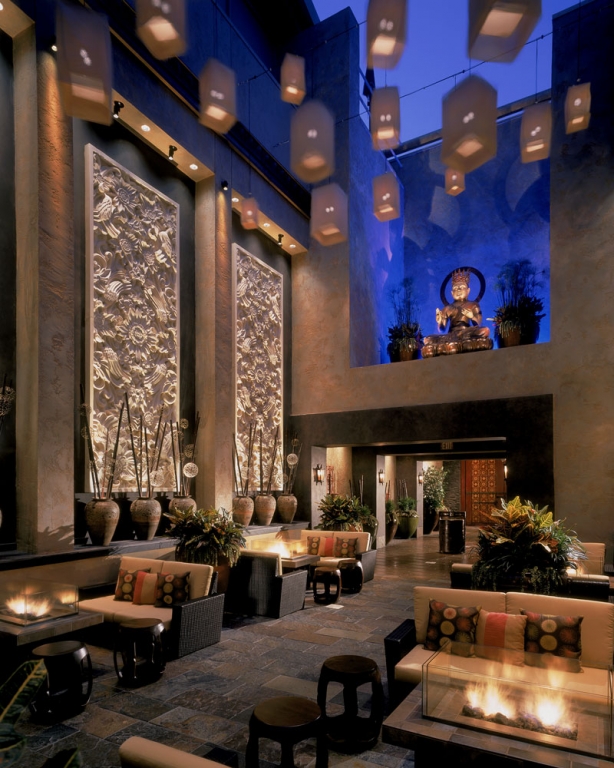
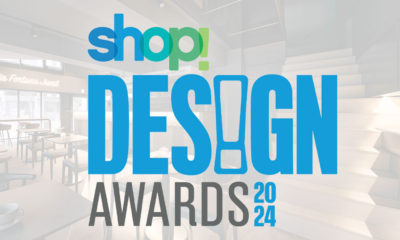
 Photo Gallery2 weeks ago
Photo Gallery2 weeks ago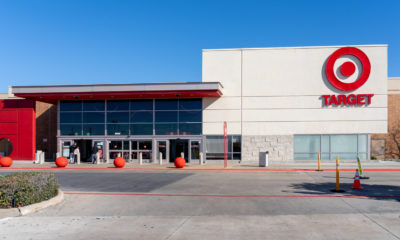
 Headlines1 week ago
Headlines1 week ago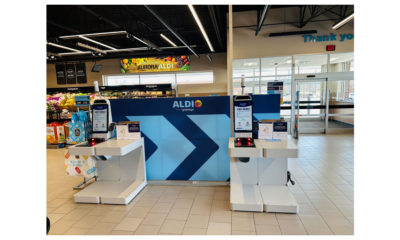
 Headlines2 weeks ago
Headlines2 weeks ago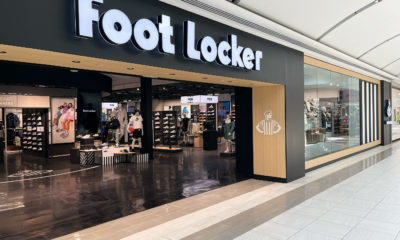
 Headlines6 days ago
Headlines6 days ago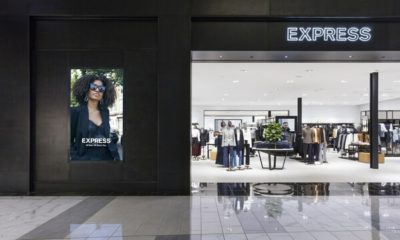
 Headlines1 week ago
Headlines1 week ago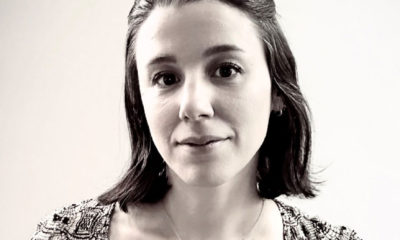
 Designer Dozen2 weeks ago
Designer Dozen2 weeks ago
 Headlines2 weeks ago
Headlines2 weeks ago
